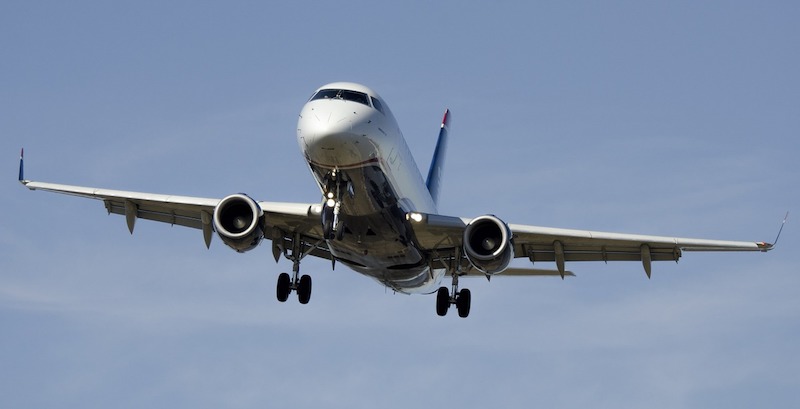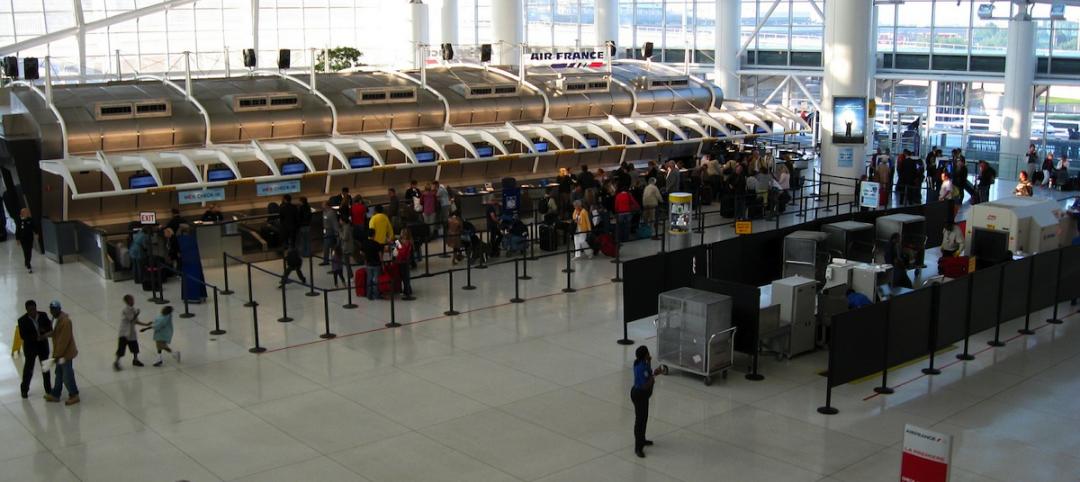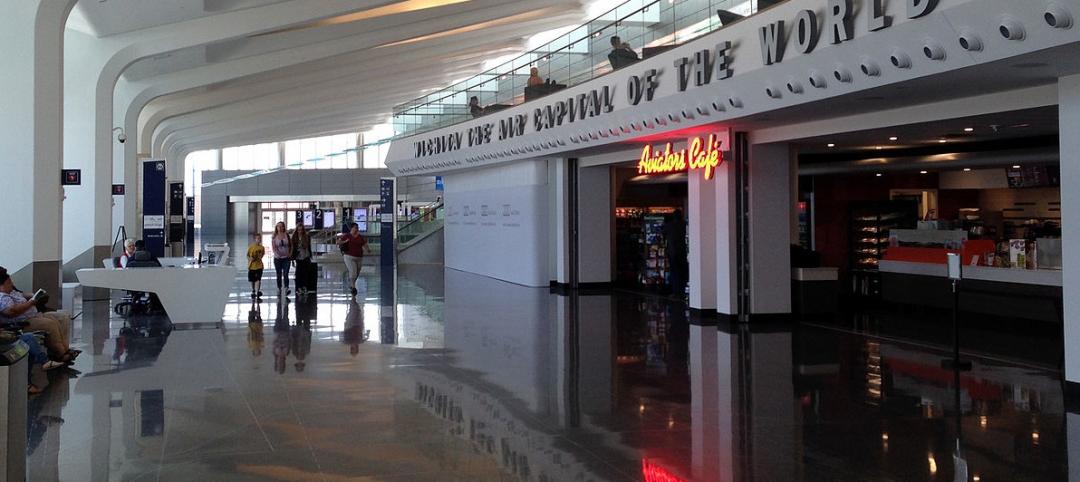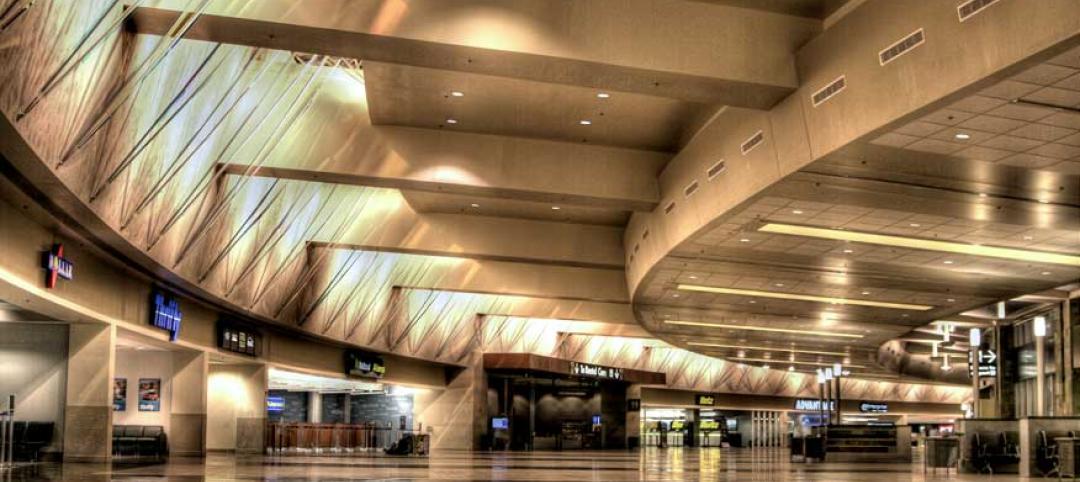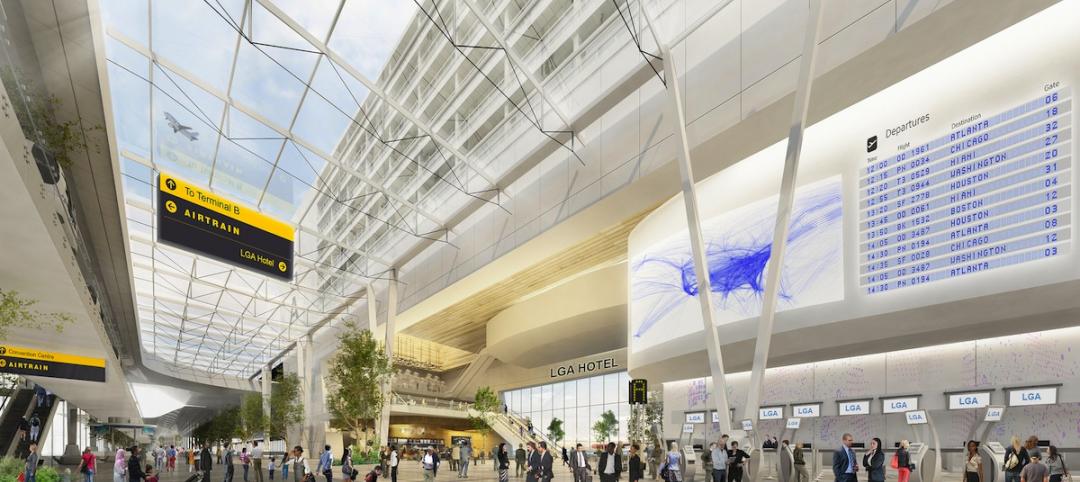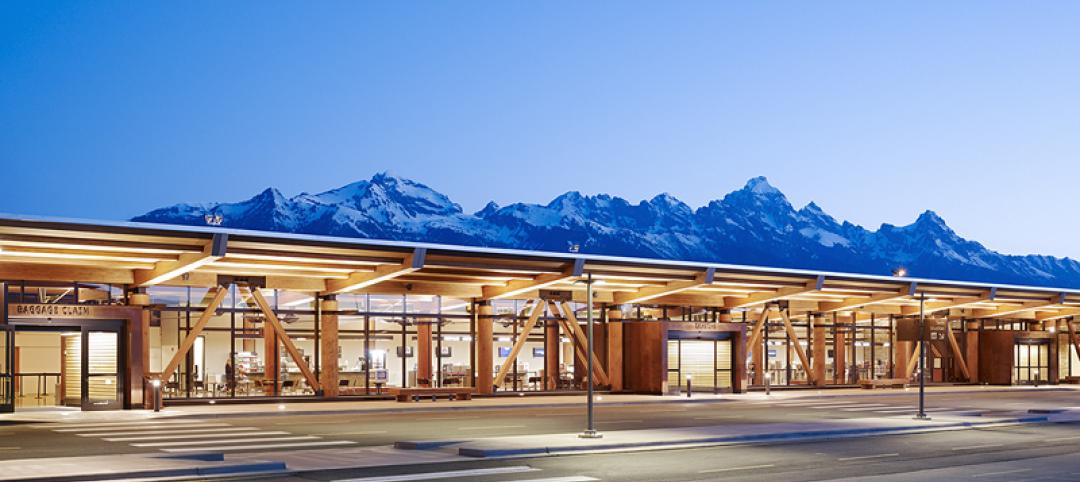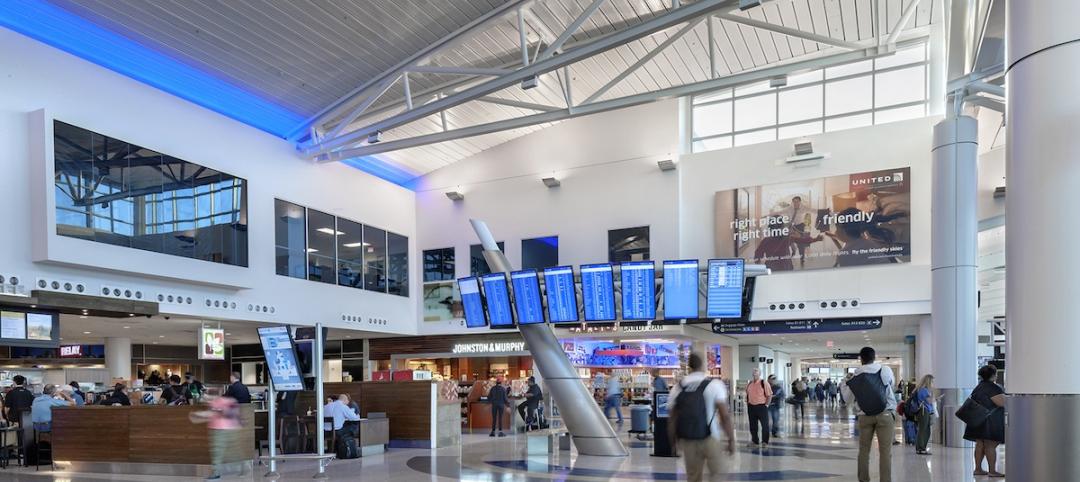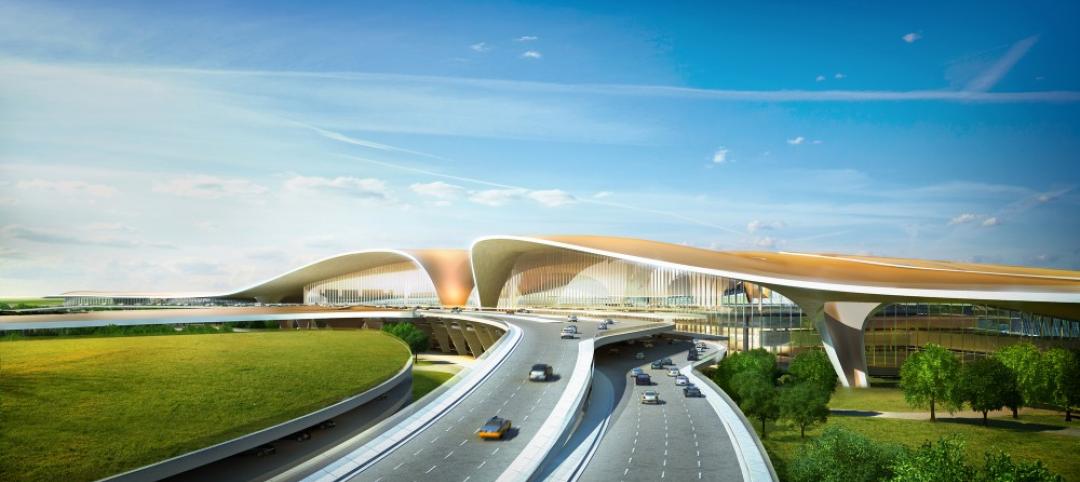The Federal Aviation Administration’s latest report to Congress projects $32.5 billion in airport construction and renovation projects from 2017 to 2021. That would be a decrease of $1 billion, or 3%, from the FAA’s 2015 report. Since that last report, construction costs have increased 1.9%, according to the U.S. Army Corps of Engineers.
Reconstruction is expected to be the largest spending category, accounting for 35% of funding needs over the next five years. Standards development is next, projected to account for 33% of funding needs, followed by spending to expand existing airport capacity (11%), and terminal building (8%).
The 70-page National Plan of Integrated Airport Systems (NPIAS) report, based on 3,340 public-use airports tracked, identifies projects that are eligible for federal funding under the Airport Improvement Program.
Despite multibillion-dollar renovations and expansions underway at major hubs such as Los Angeles International, LaGuardia Airport in New York and Hartsdale-Jackson Atlanta International, FAA’s latest report states that large and medium hubs would be decreasing their spending, while development at small hubs is expected to increase.
FAA anticipates that airlines will continue to concentrate their schedules at their primary hubs where large numbers of flights converge in short periods of time to maximize the opportunity for passenger transfers. No new airline hubs are expected to arise within the next five years. Conversely, FAA observes that secondary airports are becoming a focus where a major hub airport is nearing capacity and is served by low-cost carriers.
At the airports tracked by NPIAS, capacity-related development continues to decrease while development to reconstruct pavement, bring airports up to design standards, and expand or rehabilitate terminal buildings are projected to increase. The national initiative to improve nonstandard surface geometry is beginning, and is anticipated that increased development costs will be captured in the next NPIAS report.
FAA concludes that the country’s airport system “is safe, convenient, well maintained.” The majority of airport capital improvements is funded by nonfederal sources, such as rents, fees, taxes paid by users, and Passenger Facility Charges (FAA’s report does not capture the costs of airport development funded primarily PFCs). Almost 98% of NPIAS airports are owned by public entities.
There are 382 primary airports in the U.S. receiving scheduled air carrier service with 10,000 or more enplaned passengers per year. Of these, FAA designates 89 as National airports, with at least 250 aircraft (including at least 30 jets) based at these ports. Within the primary total, 530 are regional airports with at least 100 based aircraft.
Non-primary airports, of which there are 2,950, handle at least 2,500 to 9,999 passengers annually, depending on their sizes.
FAA identifies eight proposed airports (two primary and six nonprimary) that are anticipated to be developed over the next five years. One of these, in the Chicago area, is still in the planning stages, A second will replace the existing site-constrained airport at Williston, N.D., a market that has been revitalized by hydraulic fracturing from oil shale.
Total enplanements in the U.S. hit an all-time high last year, 785 million passengers, with domestic enplanements representing 87% of U.S. passenger traffic at commercial service airports. However, given the turbulence among carriers over the past 15 years, air carrier operations were actually down 9% last year, based on data from 517 airport traffic control towers. Some of this is the result of better operational efficiencies, the retirement of older and less efficient aircraft, the shifting of larger aircraft to international services, and the growing use of 70- to 90-seat regional jet aircraft in place of smaller 50-seat regional jets.
FAA quotes Department of Transportation estimates that 18.9% of all flights were delayed (i.e., departed from their gates 15 minutes or later from their scheduled time) in 2015. In its Future Airport Capacity Task series, FAA identifies those airports at risk for significant delays and congestion through 2020 and 2030. These include most of the usual suspects with extraordinary capacities, such as the New York City airports, and those serving Philadelphia, Atlanta, and San Francisco.
“It remains crucial for these airports to continue their efforts to devise long-term planning solutions to address capacity constraints,” the FAA report states. “Going forward, both new runways and NextGen improvements are needed to improve efficiency at capacity-constrained airports.
The new report touches on unmanned aircraft systems (UAS), whose professional and recreational uses are growing. “The FAA’s goal is to safely integrate the UAS into the NAS [National Airspace System],” the report states. On August 29, FAA issued new rules for non-hobbyist small UAS operations, covering a broad spectrum of commercial uses for drones weighing less than 55 pounds.
FAA sees several factors affecting airports in the future, including the new generations of larger aircraft, which more airports are gearing up to receive.
Related Stories
Airports | Aug 31, 2015
Surveys gauge users’ satisfaction with airports
Several surveys gauge passenger satisfaction with airports, as flyers and airlines weigh in on technology, security, and renovations.
Airports | Aug 31, 2015
Small and regional airports in a dogfight for survival
Small and regional airports are in a dogfight for survival. Airlines have either cut routes to non-hub markets, or don’t provide enough seating capacity to meet demand.
Airports | Aug 31, 2015
Airports expand rental car facilities to ease vehicular traffic at their terminals
AEC teams have found fertile ground in building or expanding consolidated rental car facilities, which are the No. 1 profit centers for most airports.
Airports | Aug 31, 2015
Experts discuss how airports can manage growth
In February 2015, engineering giant Arup conducted a “salon” in San Francisco on the future of aviation. This report provides an insight into their key findings.
Airports | Jul 28, 2015
Plans to make over New York’s aging LaGuardia Airport are revealed
The complete redesign, devised by a panel of experts, would unify terminals, relieve ground traffic congestion, and install state-of-the-art amenities.
Airports | Jul 22, 2015
MUST SEE: JFK airport taps Gensler to design terminal for animals
Pets can enjoy luxurious spa and grooming services before being transported directly to their flight from the terminal.
Airports | Jul 1, 2015
FIRST LOOK: JetBlue opens sprawling green rooftop at JFK International Airport
The 4,046-sf rooftop includes landscaped green spaces, seating for 50 people, 400-sf children’s play area, and a 400-sf dog-walk area.
Sponsored | Airports | Jun 5, 2015
Exposed glulam framework offers quiet complement to Jackson Hole airport’s mountain backdrop
A three-phase expansion and renovation, which began in 2009, nearly doubled the size of the aviation hub; the only one located in a national park
Airports | Apr 21, 2015
Trends driving airport construction
Upgrades to aviation infrastructure have not kept pace with the increase in airport traffic or even at a level sufficient to accommodate the life cycle of our many dated terminal facilities. Until now.
Airports | Feb 6, 2015
Zaha Hadid-designed terminal in Beijing will be world’s largest
The terminal will accommodate 45 million passengers per year, and will be a hub for both air and rail travel.


